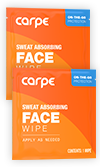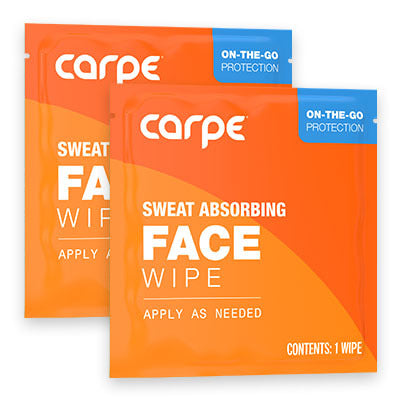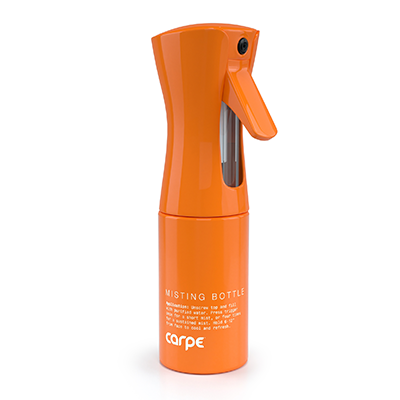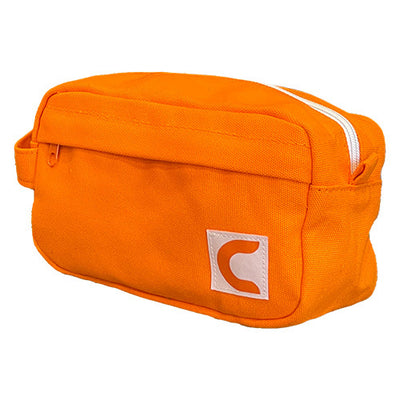Iontophoresis is a treatment for palmar and plantar hyperhidrosis that uses a direct current to introduce an ionized substance through the skin. It conveniently allows patients to manage their hyperhidrosis at home. Typically, once a patient obtains a machine, the process is cheap and relatively easy to maintain. Iontophoresis for palmar and plantar hyperhidrosis has been proven to be an effective treatment.[1] However, some people find that iontophoresis is not working for them. There are several modifications people can make to their treatment plan that can make iontophoresis more effective.
Most of the time, a hyperhidrosis patient will learn how to use iontophoresis under a doctor, or other medical care professional’s, guidance. This is important because there are many factors to consider when beginning iontophoresis, such as the machine settings, length of sessions, frequency of sessions, and the strength of the current. Patients should follow their doctor’s instructions carefully.
Sticking to the Plan and Giving It Time
Many times, patients begin iontophoresis sessions at home expecting results. When those results fail to happen, the patient is disappointed and often jumps to the conclusion that iontophoresis is not going to work for them. This may be true, but it is more likely that they just need to give iontophoresis more time to work. Often, sticking to the original plan will yield results if given enough time.
If a patient has not consulted a medical professional and has purchased a machine on their own, the problem may be that they do not have a sufficient plan. They either need to consult a professional, or learn how to use iontophoresis efficiently in order to make a plan that will work.
In most cases, iontophoresis takes at least two weeks of consistent use to show results. Sometimes it can take even longer.[2] For a patient dealing with burdensome symptoms, that is a long time, and it can lead some to change their treatment plan prematurely. When patients discontinue, or alter iontophoresis sessions out of frustration, this can greatly impact results. It is best to give iontophoresis time to work. If no progress is seen after several weeks, a patient should ideally consult their doctor who can help them come up with a new course of action.
Track Progress
Sometimes it is hard to notice changes that occur over time. Monitoring symptoms and writing them down can help patients determine whether or not iontophoresis is helping them. Writing down symptoms will not make iontophoresis work any better, but it will help patients and doctors determine whether changes to the treatment plan need to be made.
Change the Settings
There are several settings on an iontophoresis machine that can be adjusted to increase effectiveness. These include the session length, current strength, type of current, and anode or cathode settings. Turning up the voltage can make iontophoresis more efficient if a lower voltage setting is not working. Unfortunately, a higher voltage is more likely to cause irritation and can make sessions more uncomfortable. Increasing the length of an iontophoresis session can also help in some circumstances. Before changing too many settings, it is wise to speak with a professional who is familiar with iontophoresis and can give advice based on individual circumstances.
Adding New Ingredients
Some people find that iontophoresis with tap water alone is not enough to reduce their sweating. While there are several studies that show tap water iontophoresis is quite effective, in some situations ingredients can be added to increase the potency of iontophoresis.
Add Baking Soda
Tap water in some areas may not have enough mineral content for iontophoresis to work properly. When mineral content is too low the current can’t flow through the water sufficiently for iontophoresis to be effective. This can easily be corrected by adding one teaspoon of baking soda to each tray of water. This should improve the situation and make iontophoresis work if low mineral content is the underlying problem.[1]
Add a Medication
When tap water iontophoresis is not working for an individual, medication can be added to the tap water to make improve treatment.Glycopyrrolate has been used to treat excessive sweating for years, as it is an anticholinergic medication which acts on the autonomic nervous system in such a way that it prevents the body from producing sweat. It is also one of the oral medications for hyperhidrosis that doctors prescribe. When glycopyrrolate is crushed and added to the tap water in iontophoresis trays, it has been shown to enhance the effects of iontophoresis. One study looked at the effectiveness of iontophoresis with tap water, tap water and glycopyrrolate, and a combination of both to determine whether glycopyrrolate made improved iontophoresis. In the study patients were given either bilateral (both hands), unilateral (one hand), or no treatment with glycopyrrolate. It was found that the patients who received bilateral treatment with glycopyrrolate added to the tap water had a reduction in sweating that occurred sooner and lasted longer than the other groups. If a patient decides to begin using the medication, it is suggested that they start with 2 mg tablets of glycopyrrolate crushed and added to the tap water in the iontophoresis trays. The dose can be adjusted up or down based on the patient’s needs. Side effects from glycopyrrolate can occur.[1]
Another medication that can be added to tap water is botulinum toxin, or botox. Botox is a neurotoxin, produced by the bacteria Clostridium botulinum, that can prevent neurotransmitters from activating eccrine sweat glands. Botox injections for the treatment of axillary hyperhidrosis are approved by the FDA, and have been successfully used to reduce sweating in the hands and feet. One study of eight patients with palmar hyperhidrosis demonstrated that botox can make symptoms of hyperhidrosis lesson. The patients in the study who were given botox mixed with tap water experienced symptom relief at one week versus the patients in the other group who experienced relief at three weeks.[3]
Consider Combination Therapy
If iontophoresis is only partially effective, even with added medications and adjustments, patients should consider combination therapy. This often means combining clinical strength over-the-counter antiperspirants or prescription antiperspirants with an iontophoresis regimen. Mixed therapy allows patients to use iontophoresis less frequently, which can in turn increase convenience and patient compliance.[1] Patients can also use iontophoresis along with other treatment options as their doctors see fit.
Iontophoresis really does work for most hyperhidrosis patients who try it. The struggle patients go through to get iontophoresis to work is usually worth it, as iontophoresis is one of the safest effective treatments available for palmar and plantar hyperhidrosis.
Sources
- Pariser, D. M. (2014). Hyperhidrosis (4th ed., Vol. 32). Philadelphia, PA: Elsevier.
- Walling, H. W., & Swick, B. L. (2011). Treatment Options for Hyperhidrosis. American Journal of Clinical Dermatology, 12(5), 285-295. Retrieved October 9, 2018.
- Benson, R A, et al. “Diagnosis and Management of Hyperhidrosis.” British Medical Journal, vol. 347, 25 Nov. 2013, doi:10.1136/bmj.f6800.




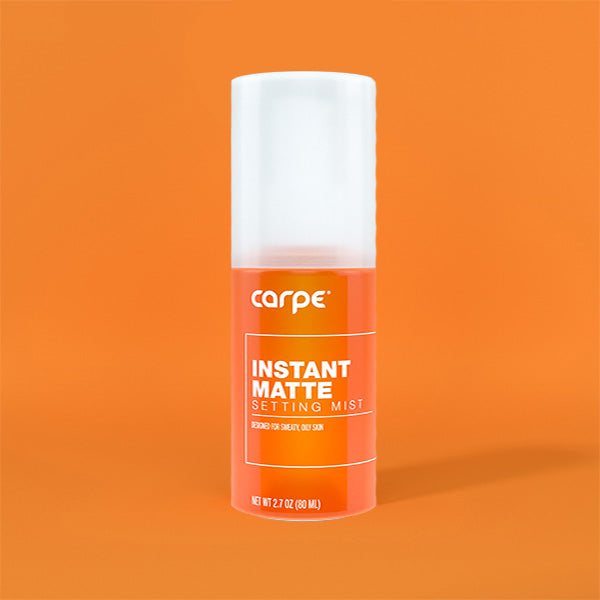

16790753702383.jpg?v=1679075372)

16790746985853.jpg?v=1679074700)


16790757289763.jpg?v=1679075731)






